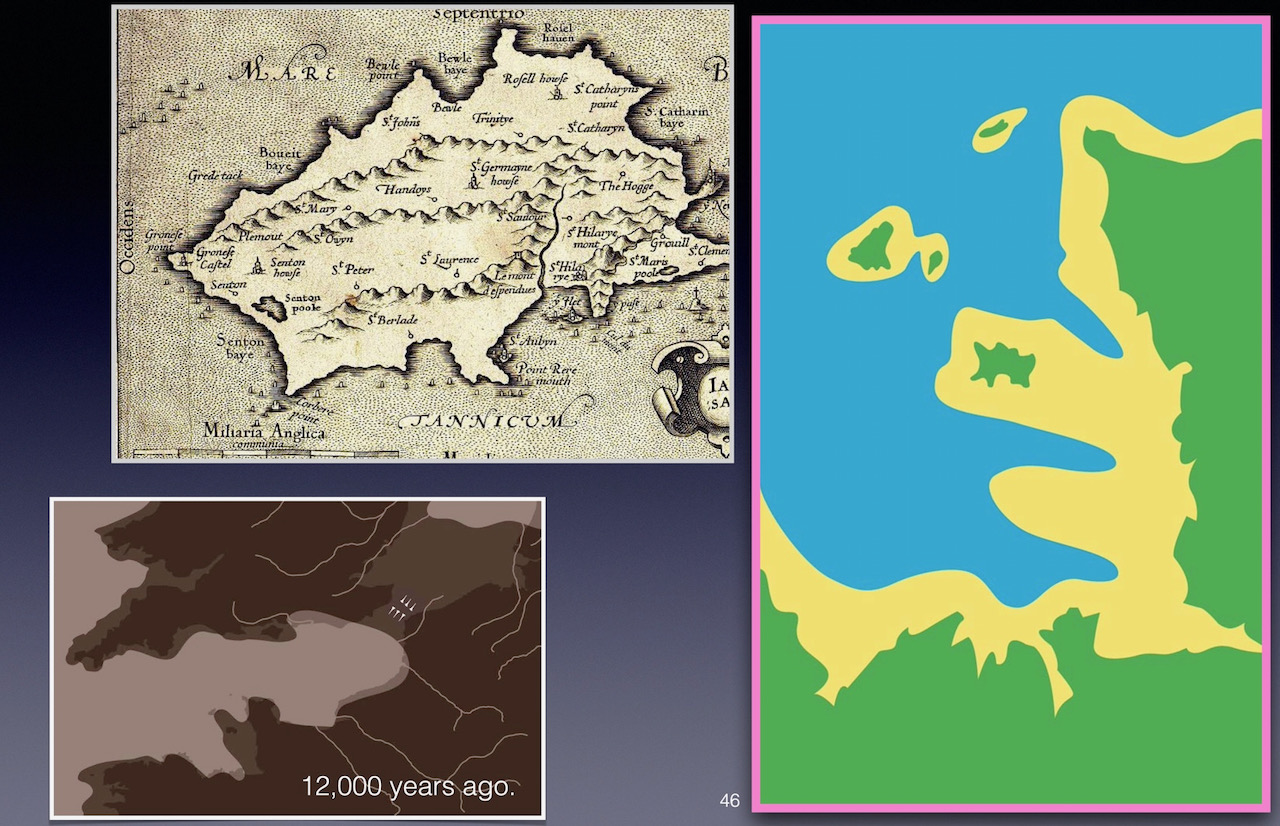Jersey’s Toughest Hikes
Situated approximately 15 miles (22 kilometres), from the west coast of Normandy, France, 100 miles south of England. Jersey has 50 miles (80 kilometres) of coastline, comprising rugged cliffs and sandy bays, covering an area of 45 square miles (120) Square kilometres

Blog Post
Experiencing each of the Jersey Experience guides was beyond what I was expecting. Not only the depth of knowledge which came with precise informative details. Complemented with humour, sincerity, covering the proximity related topics of our energetic, however, comfortable trip throughout the Island terrain.
The merging of adventure sport makes exotic locations such as 'marathons', is contributing to sports tourism market expansion. Enthusiasts are increasingly seeking unique adrenaline-fueled experiences, leading to a rise in adventure sports tourism.
Likewise, marathons held in unique locations by attracting runners who seek a blend of fitness and travel.
- Additionally, the integration of support with cultural tourism is gaining attention. Sports events often provide an opportunity for travellers to explore the local culture, food, plus traditions of host destination. Adding another dimension to the travel experience and further boosting the sports tourism market.
The bailiwick of Jersey includes several offshore islets and reefs, the largest being the Paternosters to the north-west; Les Ecrehous to the north-east and Les Minquiers to the south-east. These islets and reefs support important aspects of the Bailiwick's biodiversity, especially its marine diversity.
The Island measures roughly 9 miles by 5 miles and is tilted to the south, with cliffs in the north, sheltering small bays and constructed harbours, with a high point of 150 metre, falling to the south and west where there are wide sandy beaches.
Streams drain the island, through valleys, largely running from north to south, which shelter woodland and wet meadows, whilst the north, west and south west cliffs support a range of heathland habitats of European importance. Sand dunes, in the west of the island, the largest of which makes up a significant portion of St Ouen's Bay are also of international importance for their flora and invertebrate fauna. Over half of Jersey's land surface is used for some form of agriculture.









Related Blog Posts

Our Island has more to offer than just the views!

Hardtack 28 Special Boat Service

